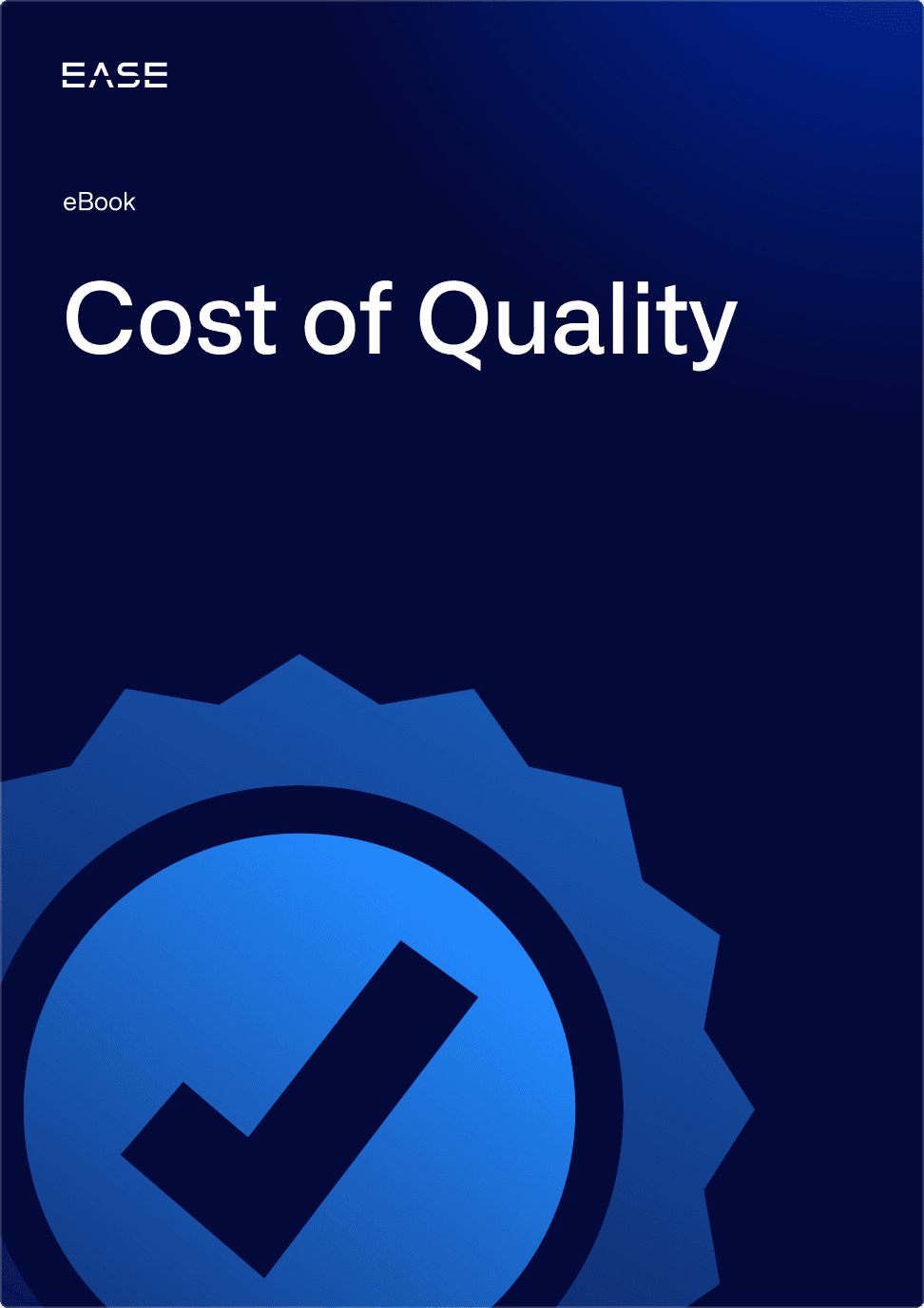Manufacturing Quality Control: The Difference Between Product and Process Audits


Imagine you’re a supplier seeing a troubling spike in returns over a component with high failure rates. After a lengthy investigation and millions in warranty costs, you discover certain workstations haven’t been heating a product element to the right temperature.
Having already distributed tens of thousands of faulty components, you realize the problem is far from over, putting your most important contracts at risk.
How does this happen, even with a robust system of product audits? The simple fact is that product inspections don’t always catch process issues responsible for defects. And while quality checks in manufacturing tend to center on product audits, process audits are just as (or even more) important to quality. Let’s look at the difference between product and process audits, and how they work together in the big picture of quality.
Product Audits
The American Society for Quality (ASQ) defines a product audit as:
“An examination of a particular product or service (hardware, processed material, software) to evaluate whether it conforms to requirements (that is, specifications, performance standards and customer requirements).”
Product audits take place after manufacturing is complete, but before the product reaches the customer. If a product doesn’t meet standard requirements or specifications, the auditor documents the findings and logs a non-conformance.
While each company will have its own procedures for addressing non-conformances, the process typically includes:
- Identifying the problem
- Containing the non-conformance
- Reworking or repairing the products, if possible
- Disposing of nonconforming products if you can’t rework or repair them
- Determining the necessary countermeasures for preventing recurrence
Product audits can help a manufacturer improve quality, profits, customer satisfaction, and loyalty. There is one catch: you must do them consistently and effectively, taking steps to identify process errors that are the root cause of defects. If you don’t, you’ll still see high internal failure rates and an increased likelihood of defects going undetected until they reach the customer.
Process Audits
In contrast with rear-facing product inspections, process audits focus on how your team prepares, produces, packages and distributes those products. This approach provides a more comprehensive view of the value stream than product audits, which only sample the finished output.
Process audits look at details of the manufacturing process such as:
- Fabrication steps
- Safety measures
- Temperature settings
- Pressure readings
- Calibration of gauges
A safety-focused process audit question might ask the auditor to verify if the operator is wearing safety goggles, hardhat and steel-toed boots. If the answer is no, the auditor would note a non-conformance and ask the operator to put on the appropriate personal protective equipment (PPE).
Going back to our original example, another process audit question might look at whether operators heat a particular product element to a specific temperature. If the required range is 115-120° and a heating device is configured to 110°, that means correcting the problem and flagging the non-conformance for investigation.
How you address process non-conformances depends on the scope, severity and history of the problem. Sometimes an on-the-spot mitigation is sufficient, like in the PPE example. In other cases—particularly recurring problems or those that may have already caused defects—more in-depth corrective action, root cause analysis and additional verification is necessary.
Product and Process Audits Go Hand-in-Hand
An effective manufacturing process audit program that ensures the highest level of quality requires both product and process audits. Though nearly all manufacturers conduct product audits, fewer of them have defined process audit procedures in place.
Process audits are critical to quality goals that include:
- Standardizing processes to ensure compliance with specific requirements such as time, components, accuracy or temperature
- Continuously reducing risk through systematic identification and correction of process errors
- Monitoring key metrics for evaluating overall process performance
- Assessing effectiveness of process controls such as procedures, instructions and specifications
- Reviewing production resources, work standards and the manufacturing environment itself
Taking steps to ensure employees follow standard processes reduces costly variation and results in more consistent, higher quality products. It’s why companies like GM require suppliers to perform layered process audits (LPAs), a system of high-frequency audits conducted by all management levels for even tighter quality control. LPAs have been shown to reduce internal defects by as much as 73%, also cutting scrap costs by more than half in less than a year.
Without ongoing verification, even (or especially) experienced team members can deviate from standard work instructions over time, leading to variation and quality issues. Process audits reduce rework and scrap by identifying process non-conformances before they cause defects that final inspections may be unable to detect.
Product audits are an essential part of quality control, but the reality is they’re only half the picture. Today’s competitive markets require a comprehensive approach, using product and process audits together to achieve optimal quality control.
